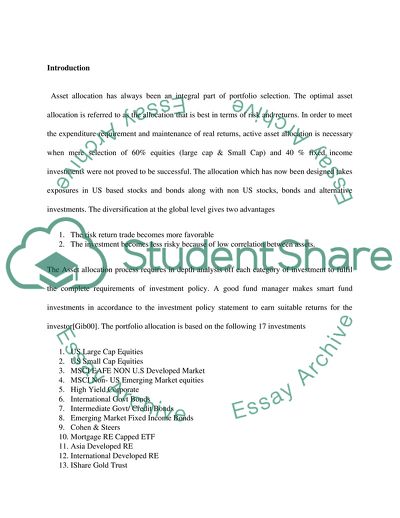Cite this document
(Investment: Equities, Fixed Income, Commodities Essay, n.d.)
Investment: Equities, Fixed Income, Commodities Essay. https://studentshare.org/finance-accounting/1854810-investment-equities-fixed-income-commodities
Investment: Equities, Fixed Income, Commodities Essay. https://studentshare.org/finance-accounting/1854810-investment-equities-fixed-income-commodities
(Investment: Equities, Fixed Income, Commodities Essay)
Investment: Equities, Fixed Income, Commodities Essay. https://studentshare.org/finance-accounting/1854810-investment-equities-fixed-income-commodities.
Investment: Equities, Fixed Income, Commodities Essay. https://studentshare.org/finance-accounting/1854810-investment-equities-fixed-income-commodities.
“Investment: Equities, Fixed Income, Commodities Essay”. https://studentshare.org/finance-accounting/1854810-investment-equities-fixed-income-commodities.


